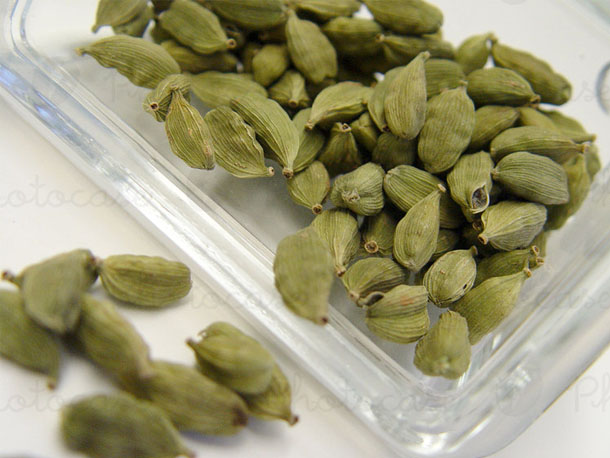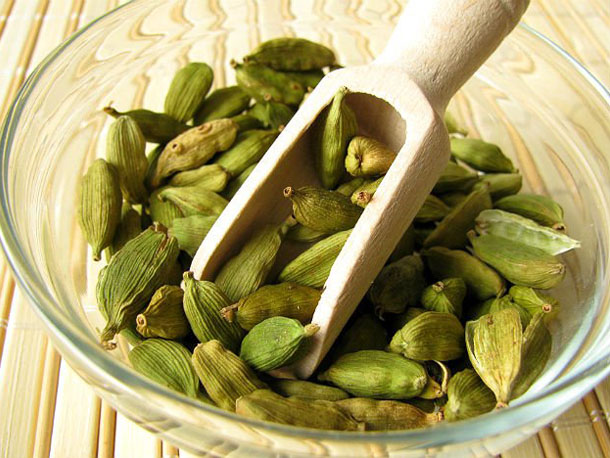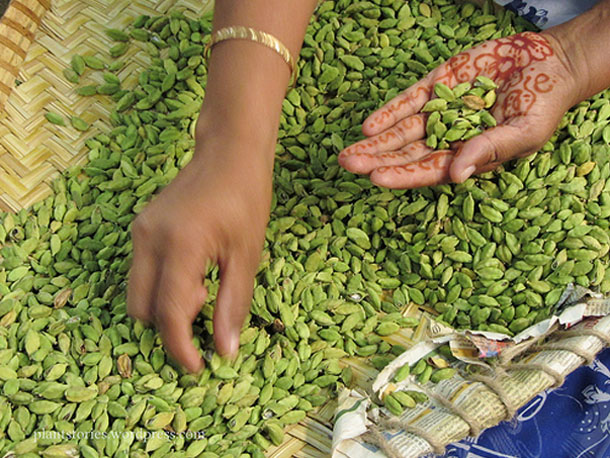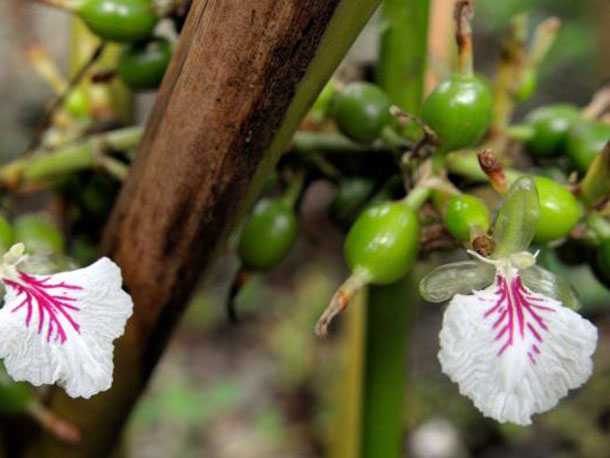Rains help propel cardamom prices higher
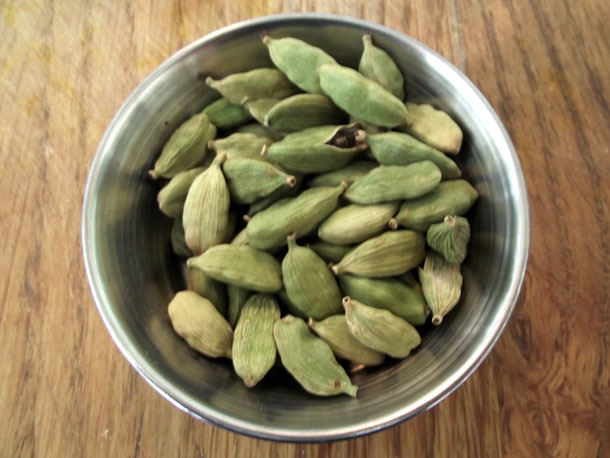
Guatemalan cardamom prices have shown increases of late on early forecasts that the 2014/15 crop will be lower than that of 2013/14.
According to recent trade estimates the crop which started this October and will end around February or March 2015 is likely to finish at around 30,000 tonnes compared with an estimated 36,000 tonnes in 2013/14. Some sources are predicting a possible decline to 27,000 tonnes for the current crop.
Concerns have been raised after heavy rains at origin. In addition, the temperature was low and therefore less favourable for the crop.
There are also reports that damage from the thrips insect has already been bad. This problem was also cited last season.
On December 9, one Rotterdam trader told .“The market is very firm and the new crop seems to be substantially smaller than expected. On average, prices have increased by more than USD1.00 per kilo in the last 10 days. The expectation is that prices could increase even further.”
Andrew Barker, managing director of PBA Brokerage, confirmed that he had heard similar reports on the new crop, but added that it also has to be borne in mind that there is carry-over from 2013/14. “There is still quite a bit of cardamom in Guatemala,” he said.
Contrasting with this, one Rotterdam trader observed that stocks in consuming countries are now depleted.
Barker stressed that even after taking into account the expected lower 2014/15 crop, the global market looks set for a good overall availability of cardamom. The crop estimates themselves still imply a decent total volume.
Marco Van der Does of AVS Spice Brokers remarked that it is very difficult to comment on crop figures for cardamom as there is never any reliable, official source. It is only possible to formulate an opinion at the end of any crop year if one is then able to get hold of some “reasonable export statistics”.
Moreover, he felt that early estimates on cardamom crops are often a tactical measure taken by those releasing such figures and are indicative of the stocks/selling/buying position of that person or company.
Nevertheless, he confirmed that the market is firming. “At least, the prices exporters are asking are rising and these levels are picked up by the market, so there are people buying on higher levels,” Van der Does said.
The 2013/14 volume was supplemented by a decent level of carry-over stocks at the outset of the season. Calculations on this varied, but one view was that it amounted to at least 2,000 tonnes.
Heavy damage from thrips
One UK trader said his contacts in Guatemala had reported that there is a lot of thrips damage to the new crop. As a result, a lot of the cardamoms have damaged skins, which means there are more open pore cardamoms and mixed yellow quality (MYQ) material.
These categories will be favoured by those who use cardamoms for grinding purposes, the UK trader noted.
It is likely that there will be premium commanded by those cardamoms with undamaged skin.
Barker said the thrips problem will mean a crop with more MYQ cardamoms. Although MYQ prices have risen strongly there will be a lot of MYQ cardamoms available in the first quarter of 2015, which is likely to lead to an easing in these prices. Meanwhile, the whole green cardamoms are likely to show continued price advances, on good demand and reduced availability of these, he suggested.
The UK trader said current price quotes on the P2 grade of bold green cardamom, 7-8mm size from Guatemalan exporter Cardex were at USD10.50-11.00/kg cif.
He said bold green cardamoms were being offered at prices as high as USD16.50/kg cif (USD16,500/tonne cif) main European ports. He indicated cardamom seeds at USD7.75/kg cif and MYQ at USD5.50/kg cif.
Barker said current offers on MYQ cardamom of minimum 360 g/l are USD6.00/kg c&f.
He explained that prices for medium, whole green, “which some people call a bold green”, is USD12.00/kg c&f, while that for small green cardamom is USD11.00/kg and seeds are USD7.00/kg c&f.
Further rains
Latest information from origin reveals that the weather in key growing areas has continued to be very wet of late. “In the last two to three weeks they haven’t picked very much,” Barker explained. “So the raw material coming in to the processors has been limited. That is putting a squeeze on supply and is one of the reasons why the market is tight at the moment.”
With Ramadan being earlier next year the Middle East is expected to purchase heavily over the coming months.
The Rotterdam trader said he had seen improved demand from the Middle East and from Europe in recent weeks and buying interest remained strong.
Van der Does remarked that the Middle East tends to be a consistent consumer of cardamom as the spice is a traditional ingredient in these countries. For example, in countries such as Syria cardamom pods are added to coffee, so the per capita consumption is quite high compared with that of other markets.
Van der Does also noted that in Europe cardamom falls under the category of being a “warm” spice, this denoting the fact that off-take tends to be higher in the winter months as the spice is added to such items as soups, casseroles and stews.
Interest will be higher now as a lot of companies in Europe focus on the spice when it is crop time, he added.
However, Barker said he was finding European demand to be weak on cardamom at the moment.

